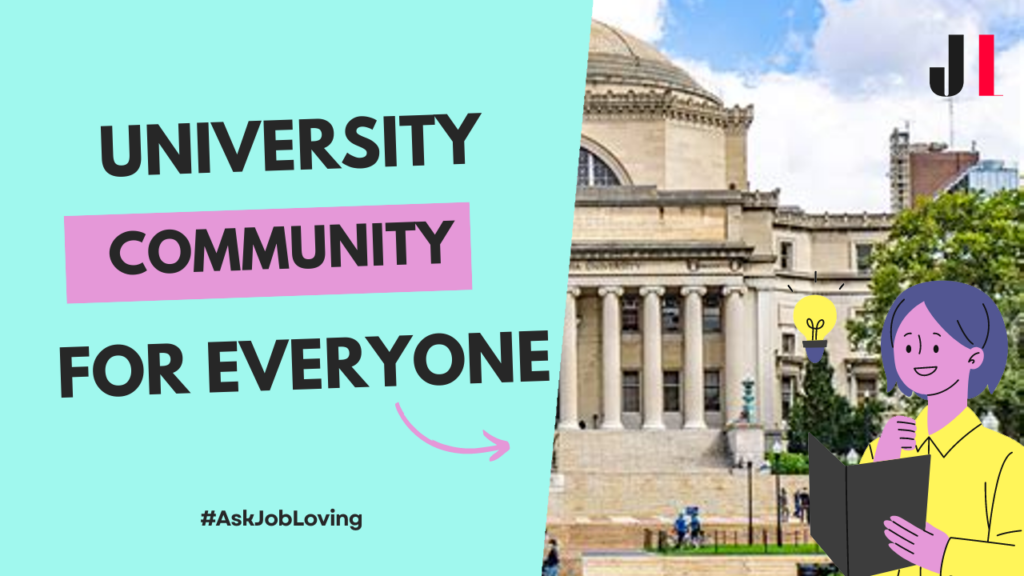What is the Corporate Structure of Columbia University?
Columbia University, nestled in the vibrant Morningside Heights neighborhood of New York City, boasts a rich academic legacy and a multifaceted corporate structure. This renowned Ivy League institution operates through several key components that work in concert to support its mission of education, research, and community engagement. Understanding the corporate structure of Columbia University is vital as it reflects the university’s governance, decision-making processes, and academic organization.
Governance and Administration
At the helm of Columbia University sits the Board of Trustees, which is responsible for the university’s strategic direction and financial oversight. This board comprises individuals from various fields, including business, academia, and public service. They meet regularly to make critical decisions impacting the university’s future. Below the Board is the Office of the President, currently led by the university’s president, who manages daily operations and provides leadership to faculty and staff.
Furthermore, Columbia’s administrative structure includes various executive officers overseeing specific areas like finance, academic affairs, student services, and research. Each officer plays a pivotal role in ensuring the university meets its goals while upholding its academic integrity.
Academic Organization
One of the distinct features of Columbia University is its division into multiple colleges and schools. This structure allows for specialization while fostering collaboration across disciplines. The four undergraduate colleges include:
- Columbia College: The traditional liberal arts college.
- The Fu Foundation School of Engineering and Applied Science (SEAS): Focused on engineering disciplines.
- The School of General Studies (GS): Tailored for non-traditional students seeking an Ivy League education.
- Barnard College: An affiliate women’s college that emphasizes liberal arts education.
Additionally, Columbia has several graduate schools dedicated to specialized fields like law, business, journalism, medicine, and public health. Each school operates with a degree of autonomy but aligns under Columbia’s broader institutional policies.
Research Institutes and Resources
Columbia University’s commitment to research is evident in its numerous institutes and centers that focus on diverse fields ranging from environmental science to social justice. These resources not only bolster Columbia’s academic prowess but also facilitate collaboration between faculty members across disciplines. The university consistently encourages innovation, community involvement, and global outreach through various initiatives and programs.
Conclusion: A Collaborative Corporate Framework
The corporate structure of Columbia University exemplifies a collaborative framework where governance, academics, and research coalesce to create a dynamic learning environment. From its Board of Trustees to diverse colleges and esteemed research institutes, each element contributes to the university’s mission as one of the leading institutions in higher education worldwide.
If you’re looking to dive deeper into Columbia University’s corporate structure or seek additional insights on related topics, feel free to connect with us at the JobLoving community!

